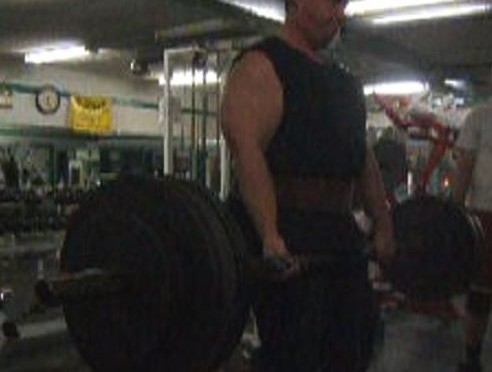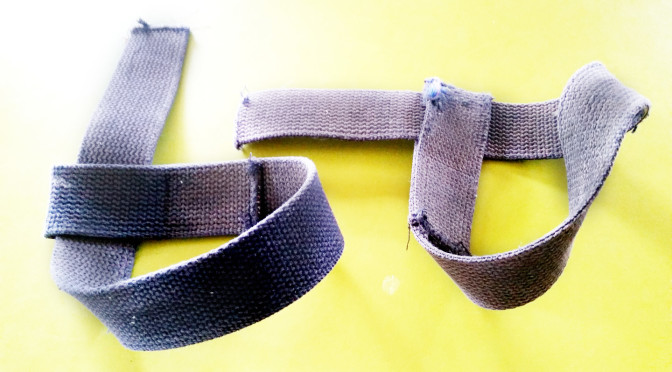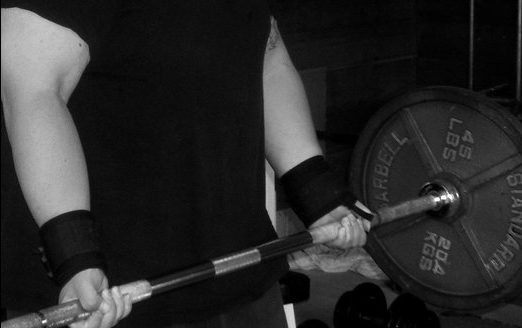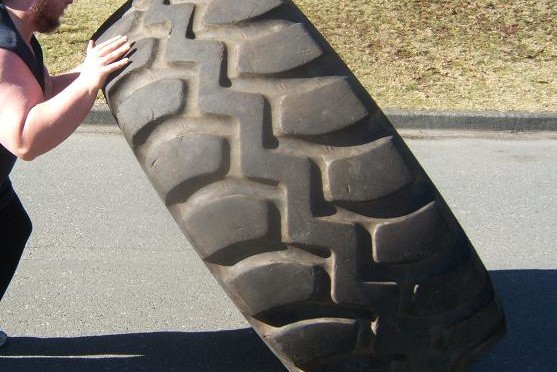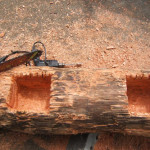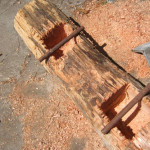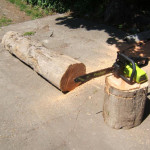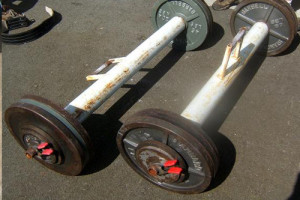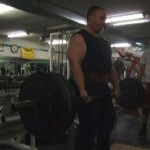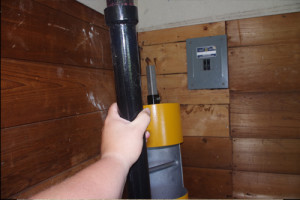Deadlifting is one of the core powerlifting movements. It requires strong upper and lower body strength and is a great way to build a strong back. Many new lifters start out with concentrating on their bench press, but deadlifting is and always will be a staple for any serious powerlifter, strongman or bodybuilder. Here are some tips to improve yours.
Know when to use wrist straps
Wrist straps help with your grip, and there is some debate about their usefulness. I wrote about my experience with them here. For an average person try training with and without them. Make sure to use an alternated grip when not using straps. In my personal opinion If you are training for powerlifting you should rarely use them. Bodybuilders can definitely get away with using wrist straps more and strongmen competitors can also find them useful to train for events that are modified like car deadlifts which allow straps in the event.

Try a sumo deadlift
To do a sumo deadlift you extend your legs out so your feet are spread far out towards the ends of the bar. You then reach down to a much narrower grip then a conventional deadlift. The execution is much the same, with a deep seated motion, keeping your head up and driving the weight to waist level.
Chalk up
Get some chalk on those hands. You won’t be pushing yourself to the max unless you can maintain your grip. And you don’t want to have your grip fail because of something as simple as sweaty hands. Check with your local gym and see if they allow chalk. If not, they sometimes allow a substitute.
Use chains
Chains are not just great for bench pressing; they are perfect for other heavy compound movements like the deadlift. You will have to adjust them accordingly but attaching a set of chains to the ends of the bar is a great way to train through some sticking points and lockout with some truly massive weight.
Lift off blocks
Similar to benching off a block placed on your chest, pulling the bar off of elevated blocks is not done to avoid the deep portion of the lift. It is done to fully maximize your strength and target specific points in your movement. If you watch lifters failing deadlifts they often have a sticking point at some stage of the lift. Adjusting your blocks to work through those points can really help develop a big deadlift.

Record yourself
We used to record ourselves doing our lifts all the time. Today’s smartphones are capable of excellent quality video. This is not just to have a video to document your lifting; it really helps analyze your form. Try it from different angles and note if you are sitting deep enough into the lift or having any issues that you might not even notice you are doing.

